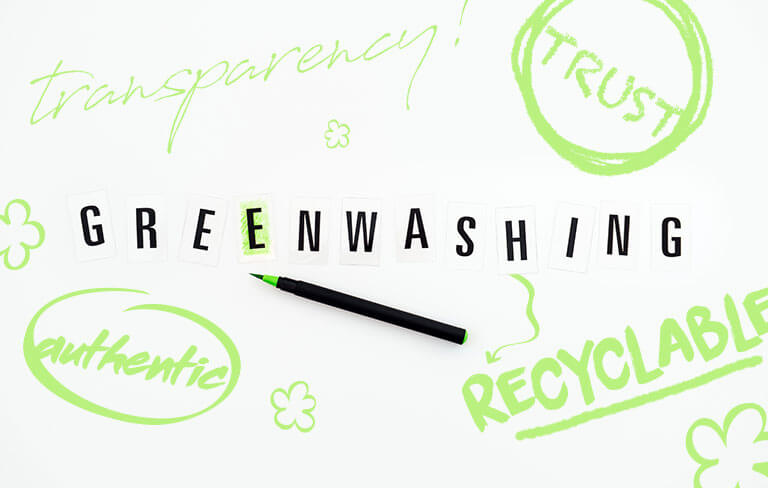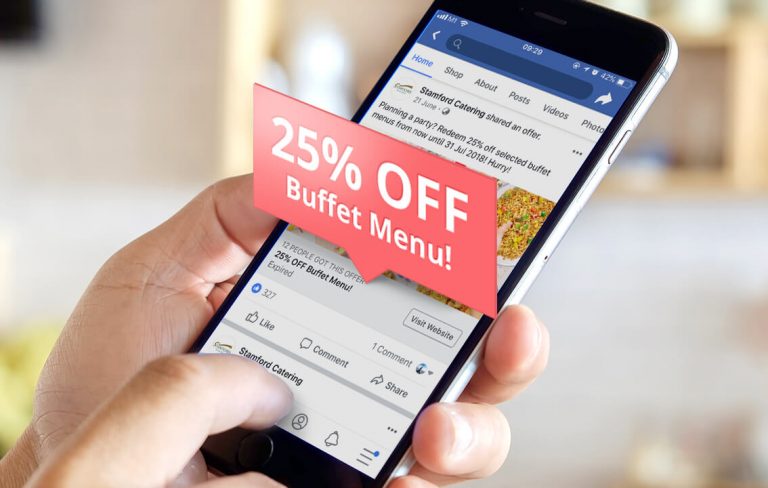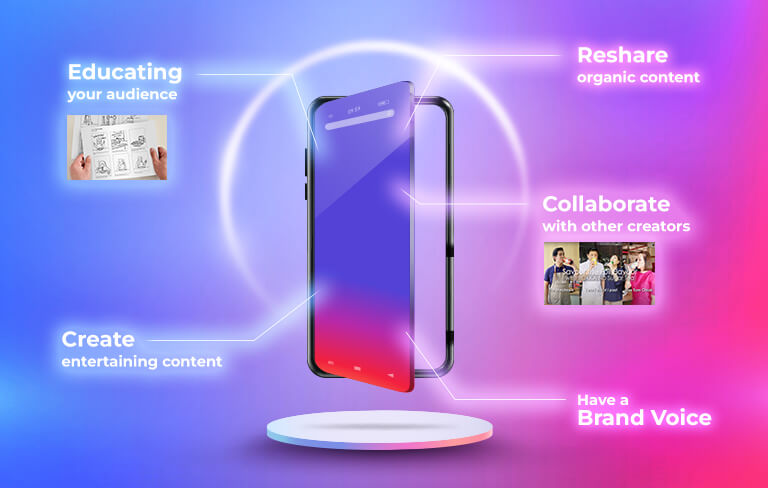In the ever-evolving landscape of digital marketing, programmatic advertising has long been hailed as a game-changer. Leveraging algorithms to automate the buying process and target specific audiences, it promised efficiency and effectiveness. However, recent developments have raised questions about its continued viability.
From the phasing out of third-party cookies to the rise of AI-generated content and the enduring dominance of open web consumption, advertisers are confronted with new challenges and opportunities. In this article, we’ll explore whether programmatic advertising remains a worthwhile investment amidst these shifting tides.
1. Phasing Out of Google 3rd Party Cookies
One of the primary pillars of programmatic advertising has been its reliance on third-party cookies for targeting and tracking user behaviour across the web. However, the impending demise of these cookies, driven by privacy concerns and regulatory changes, threatens to upend the status quo. With major browsers like Google Chrome phasing out support for third-party cookies, advertisers are bracing for a seismic shift.
Without the granular data provided by third-party cookies, targeting capabilities will be significantly hampered, making ad buys less precise and potentially less effective, furthermore, marketers have to brace for a more affected targeting within the consumer journey. Moreover, the transition to alternative targeting methods such as contextual advertising or first-party data carries its own set of challenges, including increased costs and decreased scale. As a result, advertisers may find themselves grappling with a more fragmented and expensive ecosystem.
2. Junk Sites and Unintentional Brand Association
Another emerging concern in the realm of programmatic advertising is the proliferation of AI-generated content. A report identified 49 sites that use AI tools like ChatGPT to generate cheap and unreliable content. While AI has the potential to revolutionise content creation and personalisation, it also poses risks in terms of misinformation and disinformation. With the ability to produce highly convincing fake news articles, videos, and social media posts at scale, AI presents a formidable challenge for brands seeking to safeguard their reputation and integrity. AI generated websites are also a new way to create ad fraud via domain-spoofing. AI-generated websites can be used to create fake domains that mimic legitimate websites, and advertisers may unknowingly place ads on these fake domains, thinking they’re reaching their target audience on reputable sites. This form of ad fraud involves deceiving advertisers into paying for ad placements on low-quality or fraudulent websites.
Advertisers must tread carefully in this environment, ensuring they do not inadvertently support or amplify misleading content. The onus is on platforms and ad networks to implement robust safeguards and verification mechanisms to mitigate the spread of harmful misinformation. Failure to do so could result in brand damage and erode consumer trust, undermining the effectiveness of programmatic advertising as a whole. For example, the content adjacency that might be suitable for a children’s toy brand are likely to be wildly different from those contexts that are appropriate for an alcohol brand. Advertisers have to be very careful of how they frame their content for their targets.
We can ensure brand safety by:
- Using whitelists and blacklists to control your ad placements
- Using contextual targeting to ensure content aligns with your ads
- Apply advanced ad verification tools
- Monitoring your data frequently to prevent possible ad fraud
3. The Web Is Still Not a Walled Garden
Despite the proliferation of social media platforms and walled gardens, open web consumption continues to hold sway among audiences. Whether through news websites, blogs, or niche forums, users still spend a significant amount of time engaging with content outside of closed ecosystems. This presents a compelling opportunity for advertisers to reach audiences in a more contextually relevant and brand-safe environment. According to a study by GWL, consumers spend only 24% of their internet browsing time on social media, and 76% across the open internet, spending on average 2 more hours on the open internet.
By leveraging programmatic advertising on the open web, brands can tap into a diverse array of publishers and content categories, allowing for greater targeting precision and campaign flexibility. Moreover, the inherently transparent nature of the open web offers advertisers greater visibility into where their ads are being displayed and how they are performing. As such, while social media platforms may command a sizable share of attention, the open web remains a vital component of any comprehensive advertising strategy. Here is how we have done an integrated marketing strategy with Darlie which involves programmatic advertising as well as OOH and social media, which resulted in millions of video views and online impressions.
Conclusion
In conclusion, while programmatic advertising faces challenges on multiple fronts, it remains a valuable tool for brands looking to connect with their target audiences in a digital world. By adapting to the evolving landscape and embracing new technologies and strategies, advertisers can navigate the shifting currents of third-party cookie deprecation, questionable AI-generated content creating junk sites, and the ever vast open web consumption. Ultimately, success in programmatic advertising hinges on a combination of innovation, agility, and a steadfast commitment to ethical and responsible advertising practices. Having a 360 integrated strategy will ensure that you have the best of both worlds in utilising reach from programmatic ads, whilst not being too reliant on it as your communication channel.
Want to know more about how you can innovate your brand into further heights? Contact us now!





